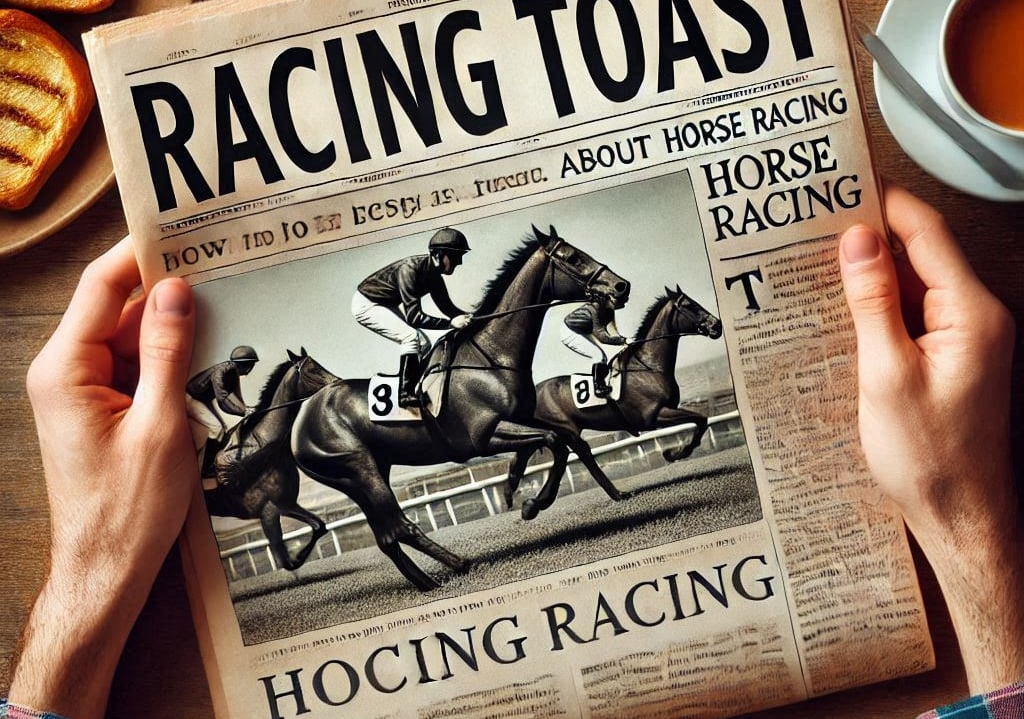The Racing Post: Print’s Final Furlong?
HORSE RACING
Ed Grimshaw
2/12/20252 min read


With price hikes, redundancies, and a shrinking audience, is the print edition of the Racing Post running out of road?
A Paper in the Paddock: Is the Print Edition on Borrowed Time?
For decades, the Racing Post has been the bible of the betting fraternity, its inky pages rustled with the same reverence as a church programme on Derby Day. But in an age where smartphones deliver race cards faster than a Frankie Dettori finish, the print edition is looking increasingly like a lame runner.
Circulation figures have been slipping steadily. Though exact numbers are kept quieter than a trainer’s injury updates, industry estimates suggest that physical copies are selling fewer than 18,000 per day—down from over 60,000 in its heyday. Betting shops, once its biggest distributors, have closed en masse due to remote gambling, affordability checks, and ever-tightening regulation. Even the most committed punters are trading their crumpled tabloids for scrolling odds on their mobiles.
With the recent price hikes—now more than a fiver for a Saturday copy—the Racing Post print edition is entering luxury territory. In a sport already under financial strain, asking punters to pay £160 a month for a daily dose of racing wisdom is a gamble. Add in the paper’s increasing reliance on affiliate betting revenue from its digital arm, and one thing is clear: print is a passion project, but digital is the business model.
Digital Dominance: The Shift That Spells the End
The pivot to digital has been neither subtle nor slow. Online subscriptions have surged, and the paper’s website and app now generate the majority of its revenue. The Post’s recent layoffs suggest a streamlining towards online content, and there’s a growing sense that print is being kept alive more out of nostalgia than necessity.
Punters still swear by the tactile charm of print—circling their fancies with a biro and smudging ink onto their fingers like generations before them. But charm doesn’t pay the printers’ bills. As with so many specialist publications (Sporting Life, Golf Illustrated, even Autosport), the transition from print to digital is rarely a smooth gallop.
Without access to comprehensive and up-to-date financial data, it's challenging to ascertain the exact breakeven point for the Racing Post. The publication's financial health is closely tied to the broader dynamics of the horseracing industry, which is currently facing a period of economic uncertainty. As the industry evolves, the Racing Post will need to continue adapting its strategies to maintain financial stability and remain the only key player in the world of hardcopy horseracing journalism.
The Final Hurdle: When Will Print Fall?
If print is to survive, it will be in some stripped-back form—perhaps a weekend edition catering to the hardcore racing traditionalists. But even this seems optimistic. The industry’s troubles, from falling betting turnover to government crackdowns, make it unlikely that the Racing Post will keep funding a loss-making or low profit print operation indefinitely.
When will it go? Perhaps not tomorrow, but the finish line is in sight, maybe in the next couple of years. The day when punters reach for their phones or laptops instead of their papers at the bookies’ counter may already be here. The Racing Post will live on—but in pixels, not print.
